Have you ever tried to find a place relying on GPS or an app, only to be sent the long way around? Eventually, you sense that something isn’t right and you consult a map.
In the same vein, how many times have you read samples of students’ writing that ramble on and on? Perhaps it made no sense, didn’t have a defined beginning/middle/end (B/M/E), or had no sentence structure. In short, it was going nowhere.
Writing specialist, Jennifer Serravallo, has a great solution for this. Story mapping! In The Writing Strategies Book, she explains the ’Uh-Oh . Uh-Oh . Phew’ strategy (5.8, p. 175) for developing narrative writing. This structure is also known as the story mountain structure. (Note: A Google image search for ’story mountain templates’ will provide you with many examples of this.)
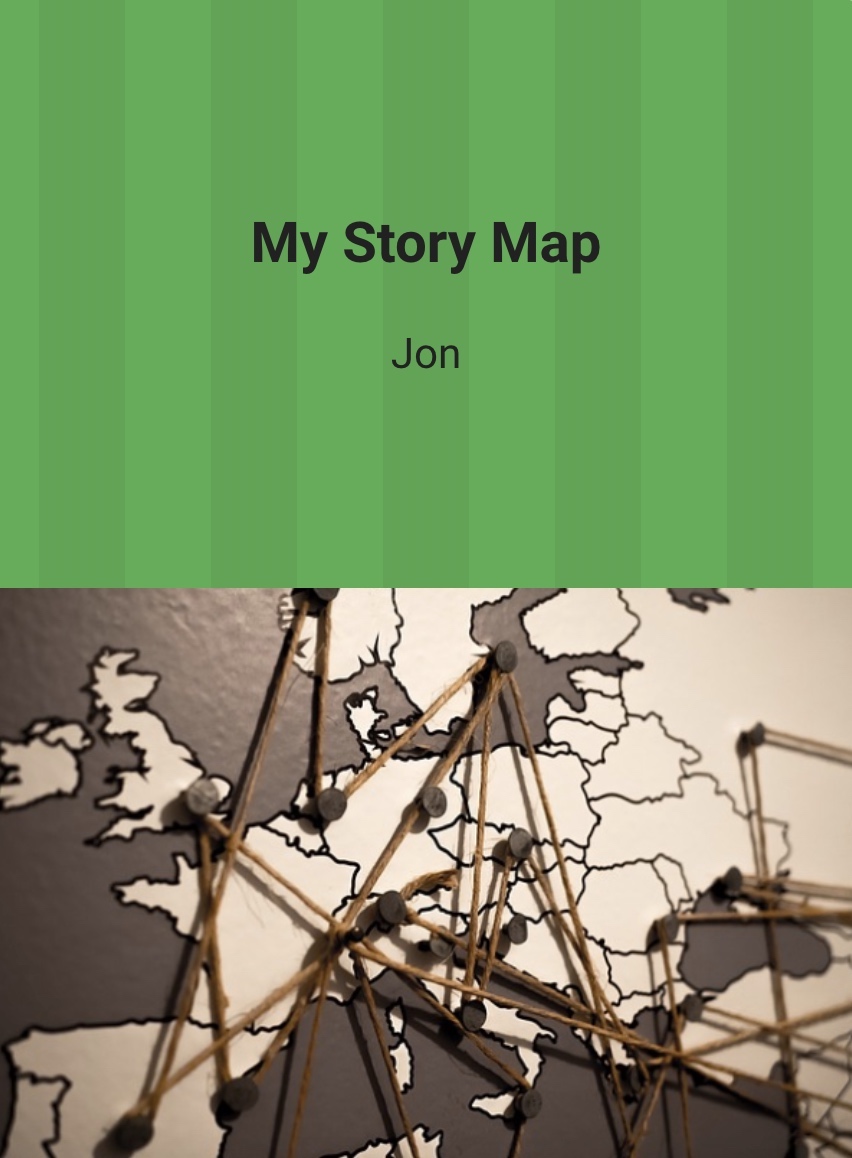
Story Mountain Structure
In our adaptation of this structure, we’ve expanded it to five elements:
- HELLO – introduction to characters and setting
- UH-OH – a problem is encountered by the main character
- UH-OH – rising action
- UH-OH – climax, cliff hanger (the peak of the mountain)
- PHEW! – falling action, resolution, conclusion
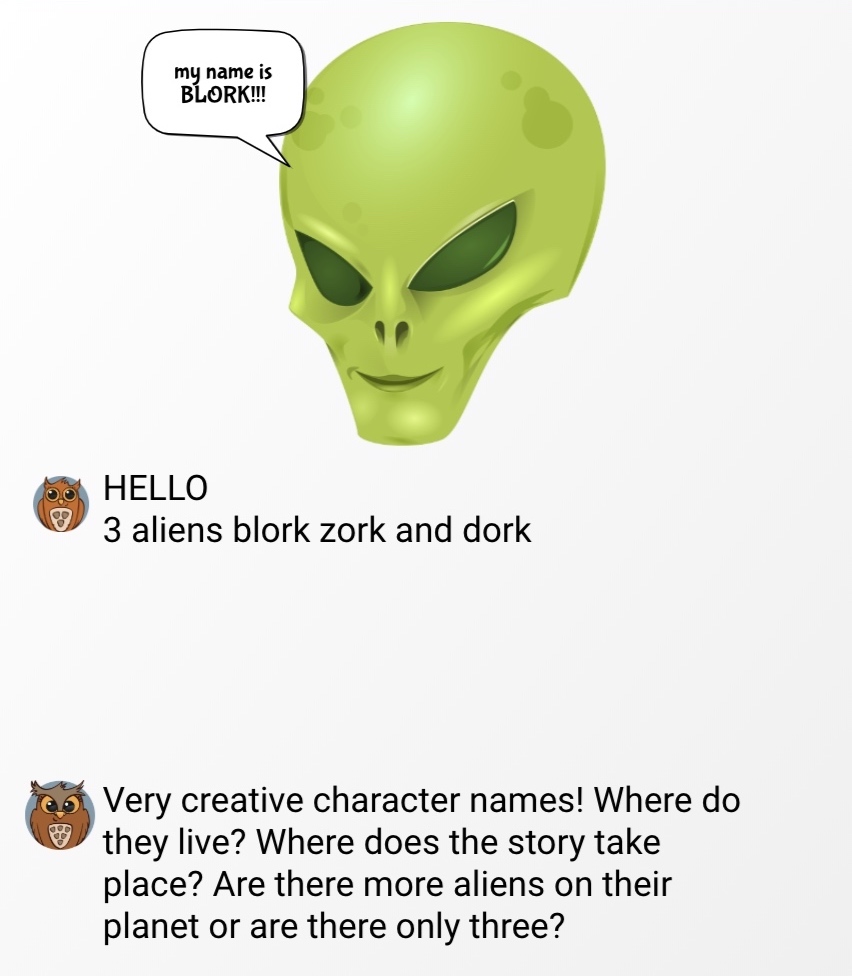
Introduce your students to this structure. You can provide a visual by simply drawing a mountain on a whiteboard or chart paper and then labeling it with the five elements. Depending on the age of your students and your ELA standards, it isn’t important for them to know all the literary terminology, such as rising action, climax, or resolution, at this point. Keep it simple.
Let’s take a look at a familiar story to notice the various elements. For example, at the beginning (Hello) of ’The Three Little Pigs,’ we are introduced to the pigs and we learn that they want to build a house. In the middle of the story, we meet the Big Bad Wolf and find out that both the straw house (Uh-Oh) and the house of sticks (Uh-Oh) are blown down. Then they build a house of bricks which the wolf can’t blow down but he climbs up to the chimney (Uh-Oh). At the end (Phew), the wolf comes down the chimney but lands in a boiling pot of water and the pigs are safe.
Draw students’ attention to these elements as you read other stories to them too. The more familiar they become with this structure, they will begin calling out ’uh-oh’ or ’phew’ spontaneously during your read-aloud sessions.
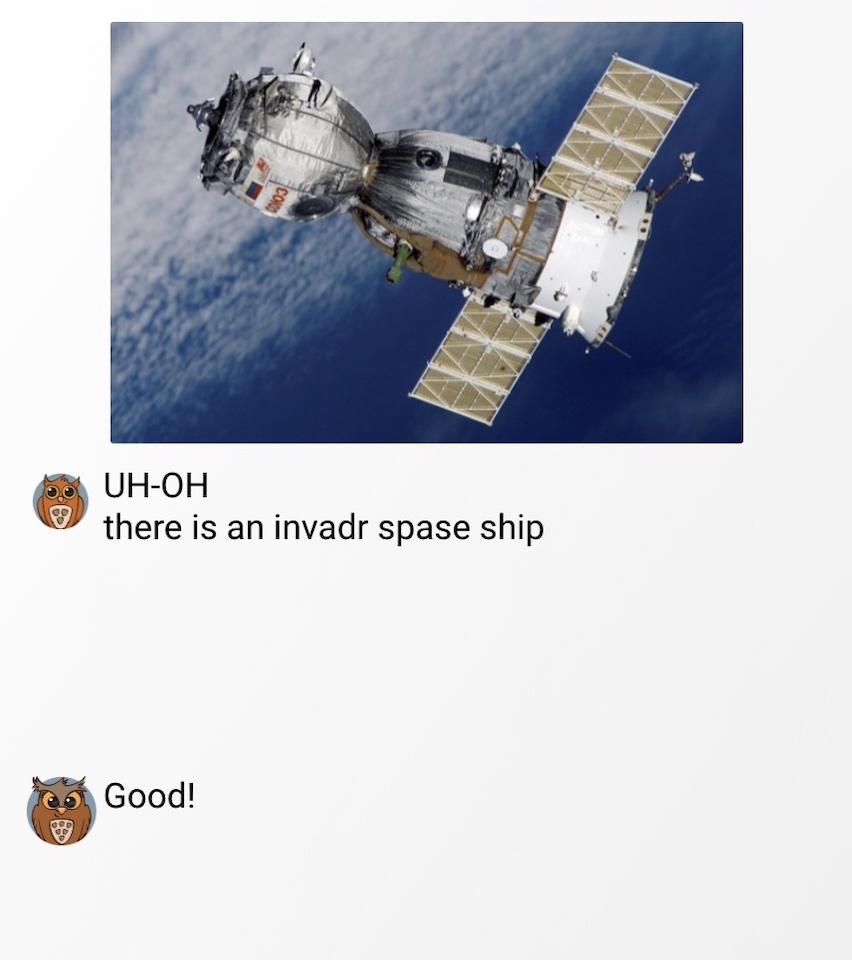
Creating a Story Map with WriteReader
For students to create their story map in WriteReader, have them label five pages with the words in our list above. Reinforce with the students that this is not their actual story. It’s like five separate spots to park their ideas.
It doesn’t need to have perfect spelling and grammar. It’s more important that they get their ideas down on the map and then add details and dialogue in the actual story. You could take the opportunity to remind students of story sequence and transition words though.
The parent’s or teacher’s role is to provide feedback rather than correction at this point in the writing process. You may wish to have a 1:1 writer’s conference with each student after they finish their map and before they begin their first draft.
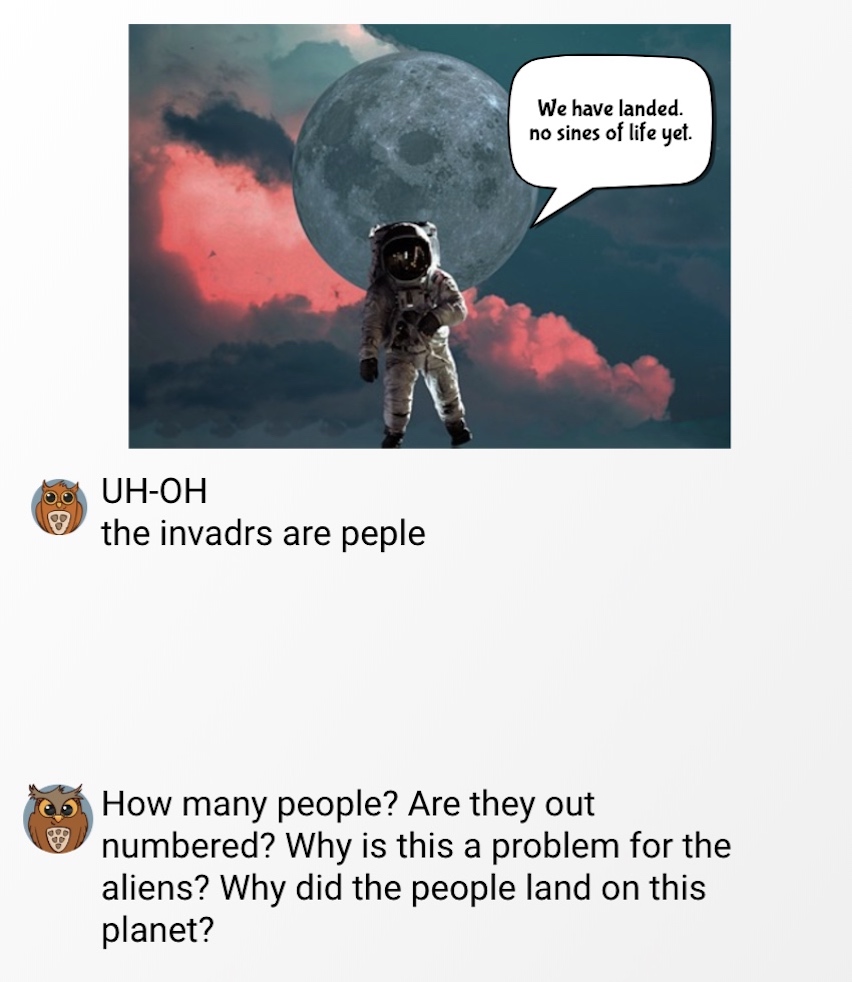
Once they know where they’re going, print the books or show them how to toggle back and forth between their story map on the bookshelf and the actual story that they’re writing. They can then use this story map to guide them through the actual writing of the story.
A word of caution is necessary here: please don’t overdo story mapping. You are simply teaching students about story structure and giving them a tool to get the job done. We also don’t recommend spending an exorbitant amount of time on the story map. The bulk of time and effort should be given towards writing the actual story. As writing mentors, we want to help students stay engaged and enthusiastic, as well as keeping on track.
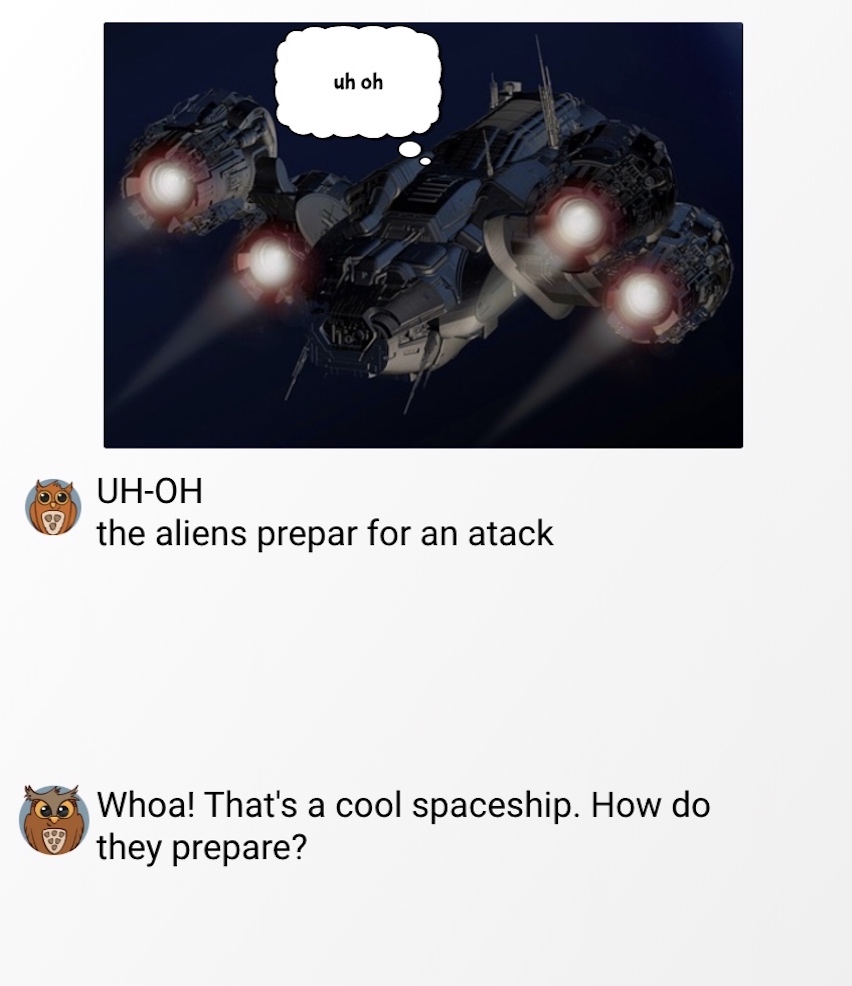
Adapting the Structure
Of course, our suggested structure can (and should be) modified according to the age and abilities of your students. Maybe they are only ready for hello/uh-oh/phew (B/M/E) or perhaps you can let your students choose how many ’uh-oh’s’ are encountered in the middle of their story.
As students move into the intermediate grades and middle school, they can use this writing strategy with Google Slides. It’s important that we teach strategies to children when they’re young that they can adapt as they get older.
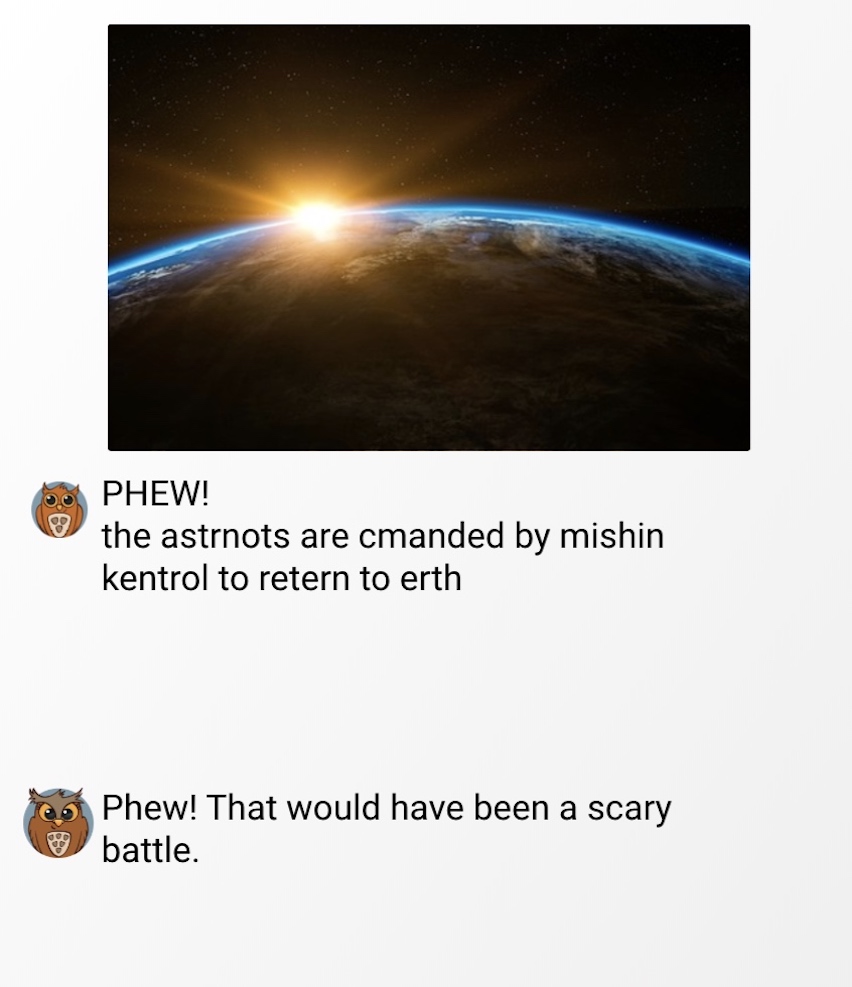
So, when your students get lost in their writing, it’s time to teach them how to create and use story maps. And if you’re looking to spark some ideas, head on over here for some activities for writing inspiration!
